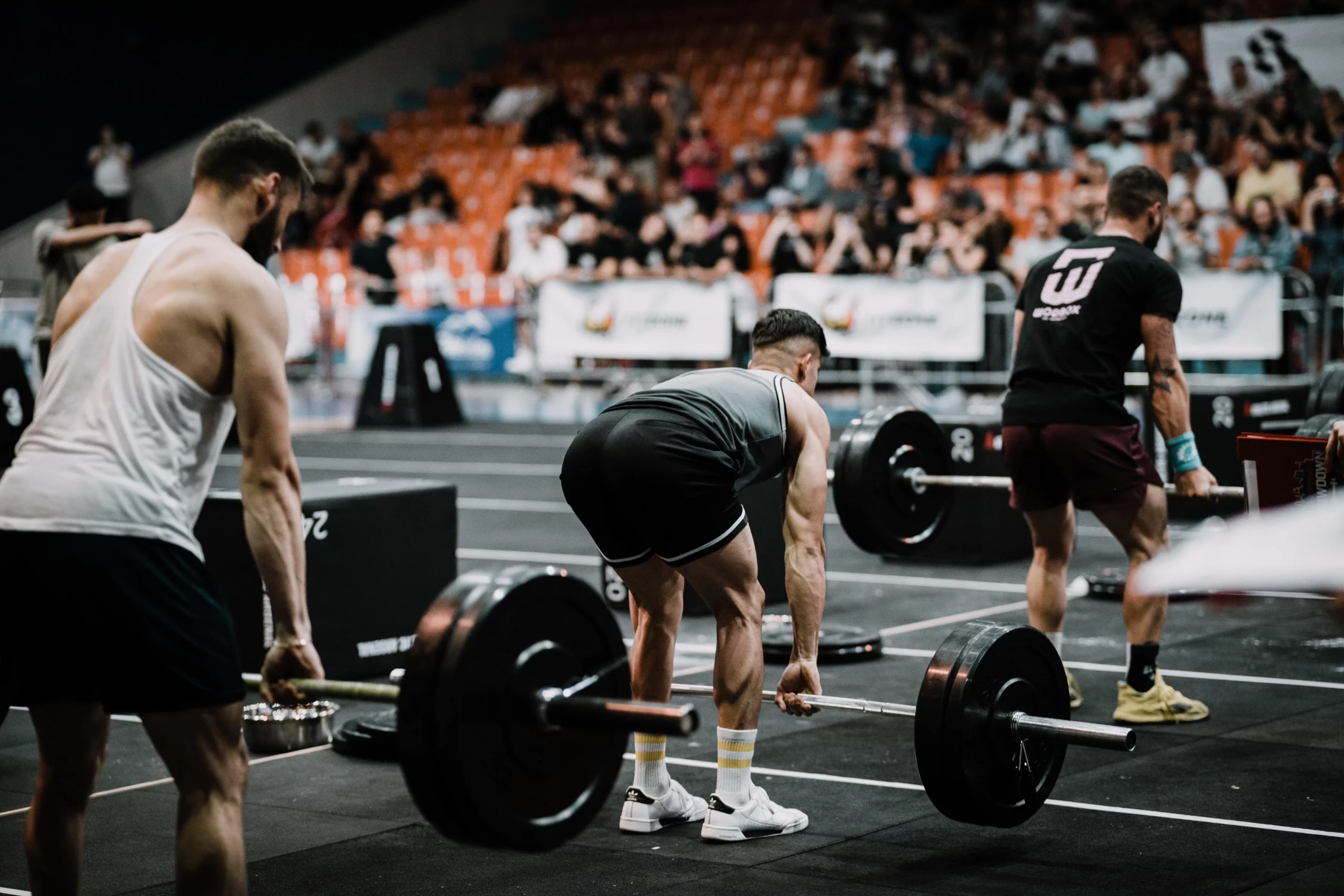If you’re currently dealing with low back pain or a disc bulge, you may be wondering if you can still lift weights while working through your injury. Many of our clients who have come to our North Haven physical therapy clinic with back pain have seen other physical therapists or healthcare providers who have told them that they’ll have to stop lifting to solve their injury, which can be downright frustrating and disheartening.
Disc bulges are surprisingly common and can cause anxiety and uncertainty for athletes and lifters because of how painful and limiting they can be. So knowing what to do when you’re dealing with low back pain or a disc bulge is an important first step in overcoming these types of injuries.
Disc bulges are more common than you might think. In fact, research suggests that around 40-80% of the population may have some form of disc bulge, often without even experiencing noticeable symptoms (1).
While not everyone with a disc bulge experiences pain or mobility issues, those who do may wonder if lifting weights is still an option. It’s crucial to understand that a disc bulge doesn’t necessarily mean you have to give up your lifting routine. In fact, one of our biggest goals with our clients is to KEEP them lifting to the highest level possible throughout their low back pain rehab.
The healing potential of a disc bulge largely depends on the severity of the condition and how well it’s managed. Most disc bulges can improve and heal with time, proper care, and appropriate modifications to your exercise routine. Research indicates that conservative treatments like physical therapy can effectively manage disc bulges, providing relief and improving functionality for many individuals (2).
However, it’s essential to consult with a healthcare professional, such as a sports physical therapist, for a thorough assessment and personalized advice based on your specific situation. If this is something you’re looking for, fill out our contact form for a free phone consultation so we can figure out if we can help you!
Next, we’re going to cover three of the most common strategies that we use to help our clients continue lifting while rehabbing their low back pain and disc bulges!
1. Using Slower Tempos While Lifting
When dealing with a disc bulge or other forms of back pain, slowing down your lifting tempo can make a significant difference. Slowing down your repetitions during strength training exercises will naturally make you use less weight for the same number of reps, while still getting a good training effect.
Tempos are usually written as a three digit number, like X-Y-Z, in which “X” is the duration of the eccentric/lowering portion of the movement, “Y” is the length of the pause at the bottom of the movement, and “Z” is the duration of the concentric/lifting portion of the movement.
Common tempos that we use with our clients are 3-0-3 and 5-3-0.
A 3-0-3 tempo means a 3 second eccentric and 3 second concentric without any pauses at the bottom, and is demonstrated in the DB floor press video below. A 5-3-0 tempo would be a 5 second eccentric, 3 second pause at the bottom, and regular speed on the way up.
This modification ensures that you can still build strength and muscle without compromising your recovery, and can keep other aspects of the exercises (range of motion, movement pattern etc) relatively unchanged.
2. Changing the Range of Motion for Exercises
Adapting the range of motion in your exercises is another effective modification. Instead of pushing through a full range of motion, reduce the movement to a pain-free or comfortable range for your low back. This alteration allows you to continue targeting the desired muscle groups while avoiding exacerbation of the disc bulge.
For example, in squats, you might limit the depth of your squat to a level that doesn’t cause discomfort or pain by doing something like a box squat or pin squat (video demonstration below).
For deadlifts, you can pull from blocks at a height that limits any pain or discomfort, and for things like cleans and snatches you can pull from blocks and catch in the power position instead of in a full squat.
3. Switch To Unilateral Lower Body Training
When dealing with low back pain and disc bulges, it’s usually lower body training that provides the biggest challenge, as they load the low back and lumbar spine the most.
An easy switch to make in this case is to change to unilateral movements, which are ones where you’re only training one leg at a time.
When making this switch, you can usually still train the one leg hard, but because you can’t handle as much weight with one leg as you can with two legs, the load on your lower back will be much less, and you’ll be less likely to aggravate a disc bulge.
For squats, you can switch to different forms of split squats (demonstrated below), lunges, or step ups. And for deadlifts, you can switch to single leg RDLs or kickstand deadlifts
We have helped hundreds of lifters solve their low back pain and get back to the lifting that they enjoy, and if you’re looking for help achieving this as well, fill out our form below and somebody from our team will reach out to schedule a free phone consultation!



